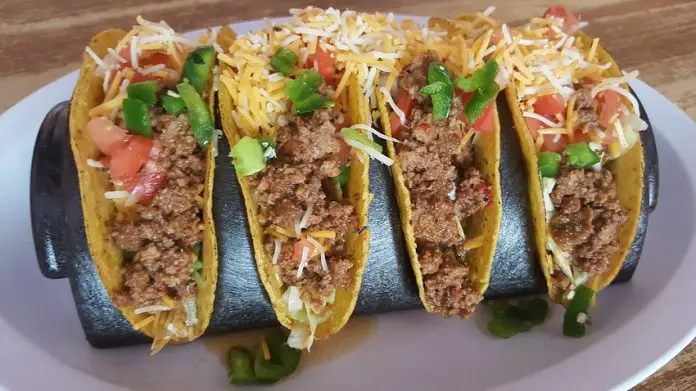Many of us raised north of the border grew up eating what we believed to be authentic Mexican food. Remember those “taco” lunches? We feasted on crispy hard shells filled with bright yellow shredded cheese and crumbly beef marinated in an unidentifiable red sauce. Still, they felt like a more exotic option over the other questionable dining choices.
It turns out, what we were served under the guise of Mexican food was a case of mistaken identity that’s been simmering since the 19th century.
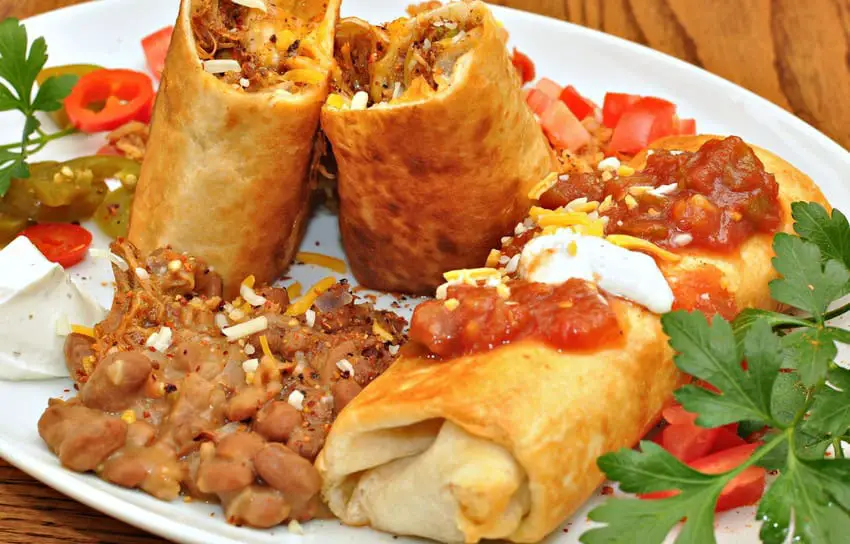
A tale of two cultures
The histories of Texas and Mexico are closely intertwined. For thousands of years, Indigenous peoples inhabited the area now known as Texas. In 1519, the Spanish arrived, annexing the region during their colonization of Mexico. Their reign over New Spain lasted until 1821, when Mexico gained independence and claimed Texas as its own.
Mexican Texas was inhabited by a mix of inhabitants, primarily Tejanos, or Mexican Texans, and Indigenous nations including the Comanche and Apache, whose numbers had dwindled significantly due to colonization and European-introduced disease. Despite being weakened, Indigenous peoples still posed a threat to Mexico, and in 1824, the government began to bring in Anglo-American settlers to exert more control over the land.
Despite initial cooperation, tensions grew between the Anglo-American majority and the Mexican government. In 1836, Texas declared its independence, becoming the Republic of Texas until its annexation by the United States in 1845.
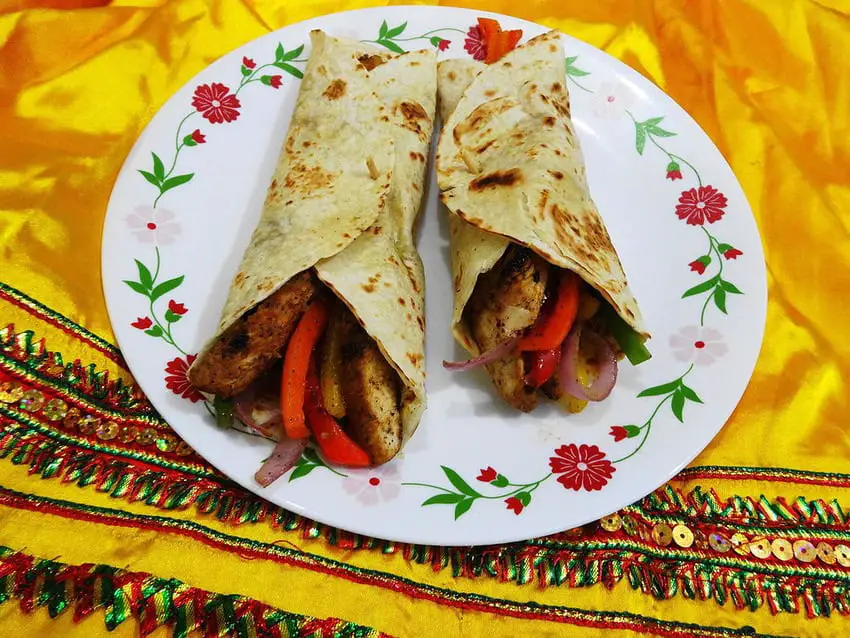
The birth of Tex-Mex
The blend of Tejano culinary traditions with ingredients available in the United States reflected the mix of Anglo-American and Tejano culture in the area. The result was a new, hybrid cuisine that had only a slight resemblance to the rich food culture of Mexico.
Tex-Mex emerged out of necessity and creativity, combining Mexican staples like corn tortillas and chili peppers with American ingredients including ground beef, cheddar cheese and wheat flour. These dishes were created to adapt to the limited resources available to Tejano communities, evolving into a unique culinary identity that was hearty, flavorful and distinct from that found in central Mexico.
What was originally a regional adaptation began to gain traction beyond the Southwest, as Tex-Mex restaurants began popping up across the United States in the mid-20th century — think places like Chili’s. This is when the lines began to blur, and the American impression of Mexican cuisine took on a broadly Tex-Mex conception. Enchiladas smothered in melted yellow cheese, fajitas sizzling on a platter and those infamous hard-shell tacos became the standard-bearers of Mexican cuisine in the U.S. By the mid-20th century, Tex-Mex had firmly implanted itself in American dining culture, a symbol of the larger trend of Americanizing foreign cuisines.
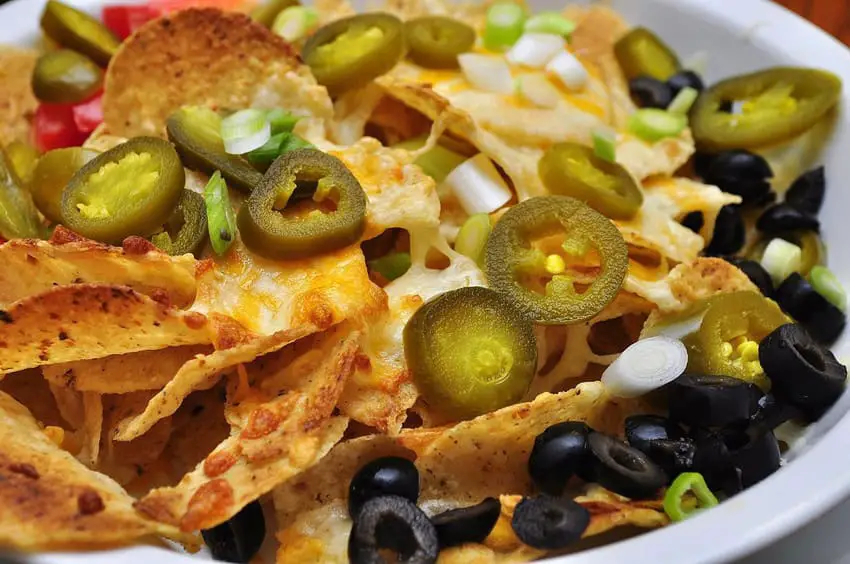
Mexico auténtico
But for those who’ve had the pleasure of dining in the heart of Mexico, the difference is as stark as night and day. Authentic Mexican cuisine is a centuries-old blend of flavors and textures, rooted in the traditional use of fresh, local ingredients, vibrant spices and time-honored techniques.
Each region of Mexico has its own specialties—from the rich, complex moles of Oaxaca to the fresh, citrusy aguachiles of Sinaloa—a reflection of the country’s flavor diversity and heritage. The roots of Mexican cuisine stretch back thousands of years, a mix of Indigenous ingredients and techniques and later European, African and Asian flavors brought over during colonization.
The difference starts with the ingredients
Tex-Mex cuisine is unapologetically American in its use of yellow cheddar cheese, an ingredient hardly ever found in Mexican kitchens, which favor white cheeses like queso fresco and cotija.
Tex-Mex shares important similarities with the food traditions of Northern Mexico. In Texas and the U.S. Southwest, for example, beef is common, a result of the region’s cattle-ranching history, a feature it shares with Mexican states like Nuevo León. In southern and central Mexico, in contrast, pork is a more frequently used meat. Specialties like seafood and edible insects common in other regional cuisines of Mexico are absent from Tex-Mex as well. Another contrast: Tex-Mex and Northern Mexican food both use tortillas made from wheat flour, whereas in Mexico, corn tortillas are a staple, a reflection of the country’s Indigenous roots. Perhaps most importantly, Tex-Mex often incorporates canned tomatoes and beans, whereas the cooking styles of Southern and Central Mexico favor fresh ingredients.
In the realm of spices, Tex-Mex cuisine relies heavily on chili powder and cumin, whereas heartland Mexican cuisine uses herbs like cilantro and epazote, and fresh chili peppers to create nuanced dimensions of taste. While both cuisines can be spicy, Tex-Mex often caters to American tastes, which skew towards milder flavors.
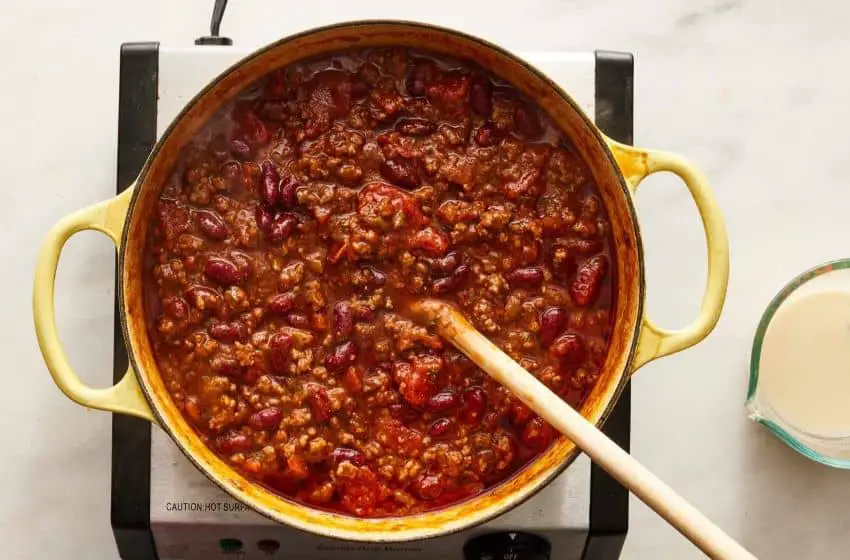
Different recipe books
Salsas are an important point of contrast. Tex-Mex salsas often include ingredients like black beans and corn, while traditional Mexican salsas focus on fresh tomatoes, onions and various chili peppers. The variety of Mexican salsas is astounding, from fiery smoked tomato habanero to fresh green varieties and crunchy nut-and-seed-filled options.
If you’ve ever dipped a chip into queso or ordered nachos, you’ve indulged in Tex-Mex. The cuisine’s heavy use of melted cheese, fried tortillas and ground beef is quintessentially American. Dishes like chili con carne, chimichangas and hard-shell tacos are beloved in the United States but almost never seen in Mexico.
In contrast, a trip through Mexico might offer you tacos filled with cochinita pibil, enchiladas bathed in homemade chili sauce or perfectly steamed tamales. And then there’s mole, a complex sauce made from chili peppers, spices and chocolate, served over tender meat — a dish that speaks to the heart of Mexico’s culinary heritage.
The global significance of Mexican food
Tex-Mex is more than just a cuisine; it has become a cultural symbol, a blend of Mexican and American identities and an essential part of Texan and Tejano culture. It’s comfort food for many Americans, and a staple in diners and chain restaurants across the United States.
But when it comes to cultural heritage, what we call traditional Mexican cuisine stands in a league of its own. Recognized by Unesco as an Intangible Cultural Heritage of Humanity, it speaks to the country’s rich history, diverse regions and the long-standing influence of Indigenous traditions.
Monica Belot is a writer, researcher, strategist and adjunct professor at Parsons School of Design in New York City, where she teaches in the Strategic Design & Management Program. Splitting her time between NYC and Mexico City, where she resides with her naughty silver labrador puppy Atlas, Monica writes about topics spanning everything from the human experience to travel and design research. Follow her varied scribbles on Medium at https://medium.com/@monicabelot.
